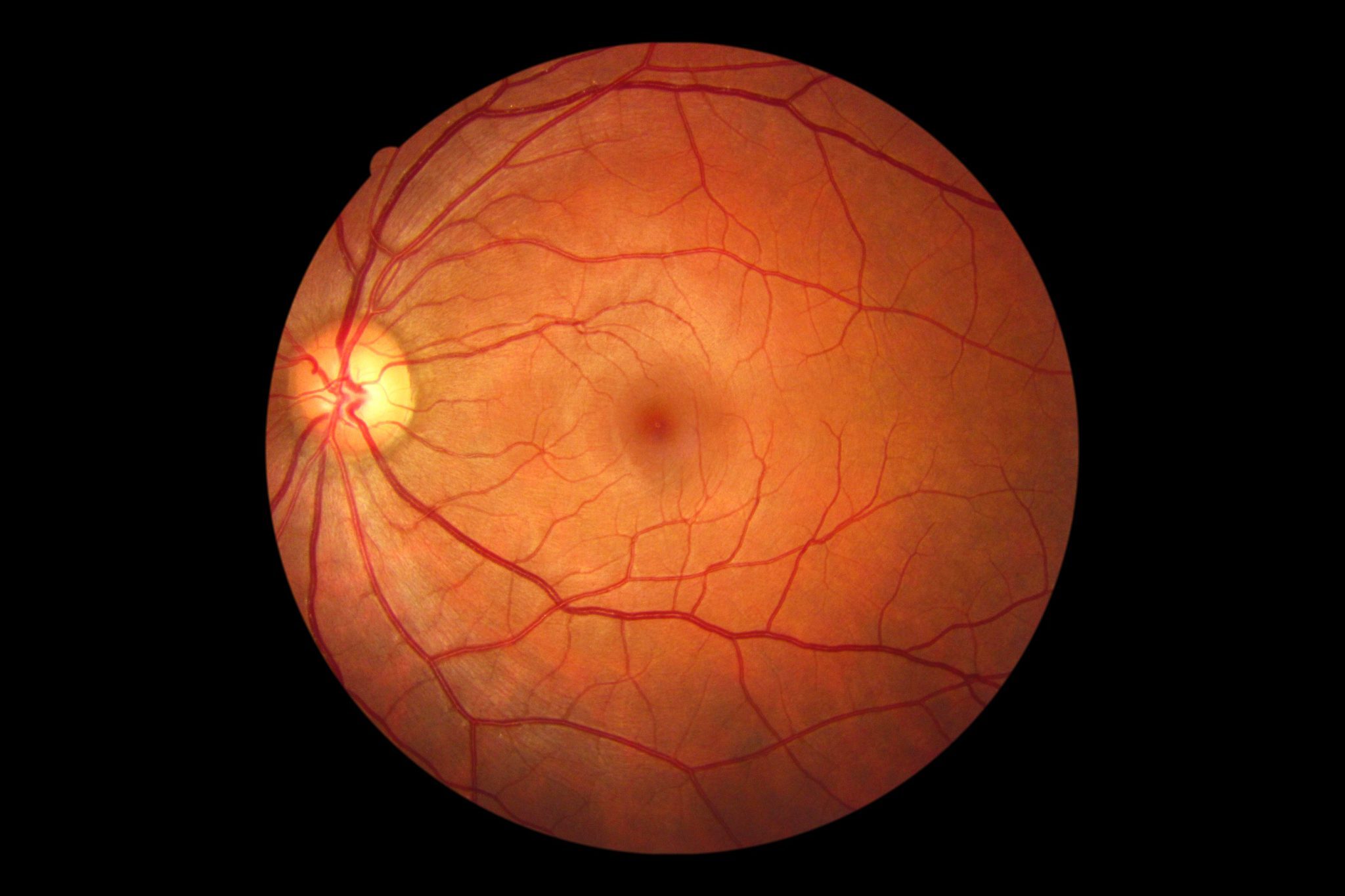
What is the retina? The retina is a thin layer of tissue at the back of the eye that plays a crucial role in vision. It captures light and converts it into neural signals, which the brain then interprets as images. This tiny part of the eye is packed with photoreceptor cells called rods and cones. Rods help us see in low light, while cones are responsible for color vision and detail. Why is the retina important? Without it, vision would be impossible. It’s like the film in a camera, capturing the picture of what we see. Understanding the retina can help us appreciate how our eyes work and why regular eye check-ups are vital.
What is the Retina?
The retina is a thin layer of tissue located at the back of the eye. It plays a crucial role in vision by converting light into neural signals that are sent to the brain. Here are some fascinating facts about this vital part of our visual system:
- The retina contains millions of photoreceptor cells known as rods and cones.
- Rods are responsible for vision in low light conditions and peripheral vision.
- Cones are essential for color vision and visual acuity.
- There are approximately 120 million rods and 6 million cones in the human retina.
- The retina is part of the central nervous system, making it an extension of the brain.
How the Retina Works
Understanding how the retina functions can help us appreciate its complexity and importance. Here are some key points:
- Light enters the eye through the cornea and lens, focusing on the retina.
- Photoreceptor cells in the retina convert light into electrical signals.
- These signals are processed by other retinal cells, such as bipolar and ganglion cells.
- The optic nerve carries these signals from the retina to the brain.
- The brain interprets these signals, allowing us to see images.
Retinal Layers
The retina is composed of multiple layers, each with specific functions. Let's explore these layers:
- The outermost layer is the retinal pigment epithelium (RPE), which nourishes retinal cells.
- The photoreceptor layer contains the rods and cones.
- The outer nuclear layer houses the cell bodies of photoreceptors.
- The inner nuclear layer contains the cell bodies of bipolar, horizontal, and amacrine cells.
- The ganglion cell layer consists of the cell bodies of ganglion cells, whose axons form the optic nerve.
Retinal Diseases
Several diseases can affect the retina, leading to vision problems. Here are some common retinal conditions:
- Age-related macular degeneration (AMD) is a leading cause of vision loss in older adults.
- Diabetic retinopathy results from damage to retinal blood vessels due to diabetes.
- Retinal detachment occurs when the retina separates from the underlying tissue.
- Retinitis pigmentosa is a group of genetic disorders causing retinal degeneration.
- Macular edema involves swelling in the central part of the retina, affecting vision.
Retinal Treatments
Advancements in medical science have led to various treatments for retinal diseases. Here are some options:
- Laser therapy can seal leaking blood vessels in diabetic retinopathy.
- Anti-VEGF injections reduce abnormal blood vessel growth in AMD.
- Vitrectomy surgery removes the vitreous gel to repair retinal detachment.
- Gene therapy shows promise in treating genetic retinal disorders.
- Retinal implants, or "bionic eyes," can restore partial vision in some blind individuals.
Interesting Retinal Facts
Beyond its medical significance, the retina has some intriguing aspects. Here are a few:
- The fovea, a small pit in the retina, provides the sharpest vision.
- The optic disc, where the optic nerve exits the eye, creates a natural blind spot.
- The retina can detect light wavelengths from approximately 400 to 700 nanometers.
- Some animals, like cats and owls, have a reflective layer behind the retina called the tapetum lucidum, enhancing night vision.
- The retina's blood supply comes from the central retinal artery and the choroid.
Retinal Research
Ongoing research continues to uncover new insights about the retina. Here are some recent findings:
- Stem cell therapy holds potential for regenerating damaged retinal cells.
- Advances in imaging techniques, like optical coherence tomography (OCT), allow detailed visualization of retinal layers.
- Researchers are exploring the use of artificial intelligence to diagnose retinal diseases.
- Studies on retinal organoids, miniaturized versions of the retina grown in labs, provide valuable insights into retinal development and disease.
The retina is a remarkable structure that plays a vital role in our ability to see. Understanding its functions, diseases, and treatments can help us appreciate the complexity of our visual system.
The Final Word on Retinas
Retinas are fascinating. They play a crucial role in how we see the world. From detecting light to sending signals to the brain, these thin layers of tissue are true marvels. Understanding their function helps us appreciate the complexity of vision. Knowing about common retinal issues like macular degeneration and diabetic retinopathy can also encourage proactive eye care.
Regular eye exams are essential. They help catch problems early, ensuring better outcomes. Advances in technology offer new treatments, giving hope to those with retinal conditions. Staying informed about eye health can make a big difference.
In short, taking care of your retinas means taking care of your vision. Keep learning, stay vigilant, and don't hesitate to consult an eye specialist if something feels off. Your eyes are worth it.
Was this page helpful?
Our commitment to delivering trustworthy and engaging content is at the heart of what we do. Each fact on our site is contributed by real users like you, bringing a wealth of diverse insights and information. To ensure the highest standards of accuracy and reliability, our dedicated editors meticulously review each submission. This process guarantees that the facts we share are not only fascinating but also credible. Trust in our commitment to quality and authenticity as you explore and learn with us.
